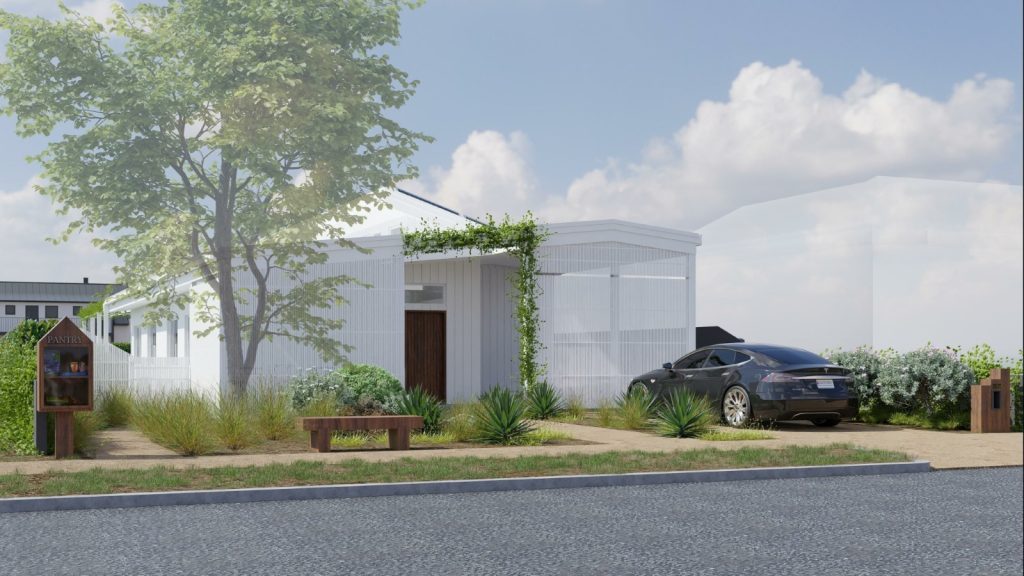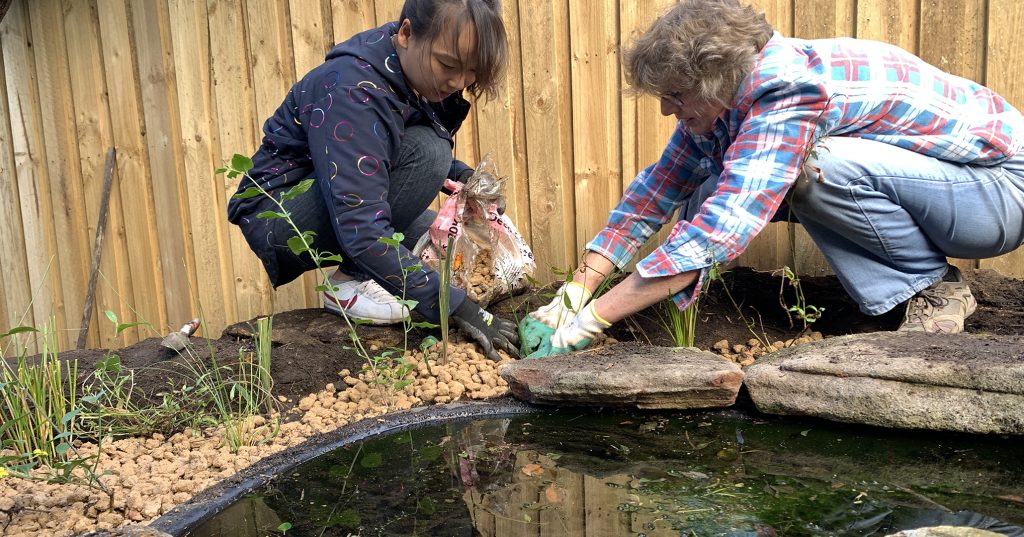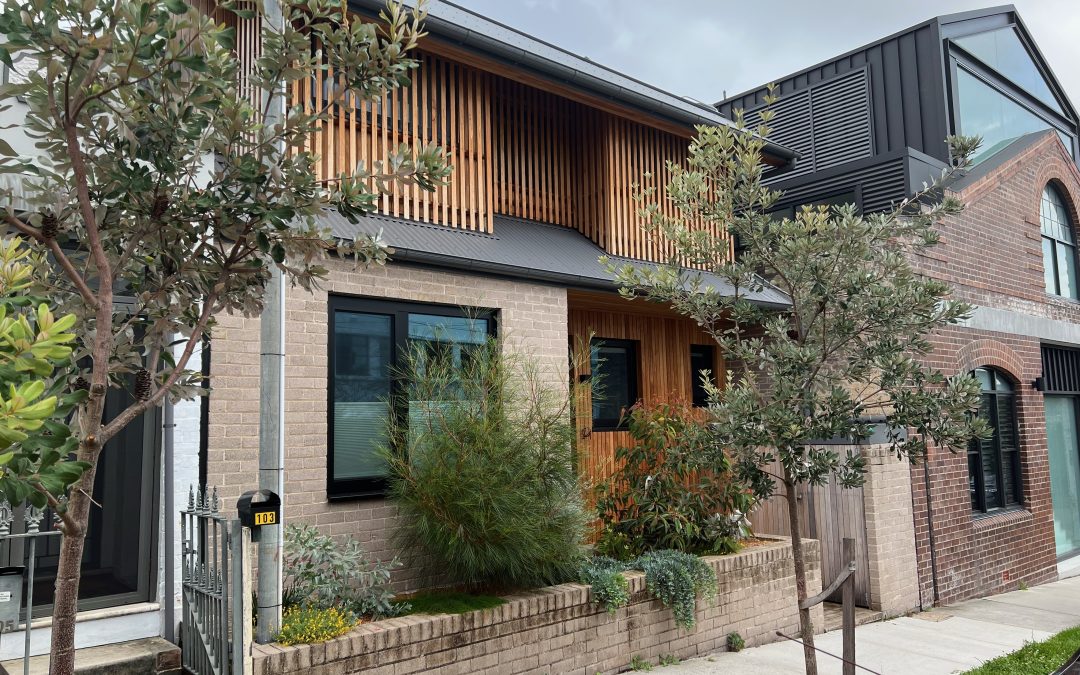On 19 March, Sustainable House Day, a month-long program of spectacular events began. It was coordinated by Renew, a national not-for-profit organisation that has provided expert advice on sustainable solutions since 1980. They describe this annual event as an “opportunity to explore some of Australia’s most unique and inspiring homes, and learn from the people who designed them, built them, and live in them”.
The Green Living Centre ran a guided bus tour that explored the ins-and-outs of three residential properties across the Inner West, from Dulwich Hill, Leichhardt, and Camperdown. Each demonstrating their own take on building and living sustainably.
On the big day itself, there were eight incredible homes from around the country open for people to explore with a program of online free tours. Each session included a different theme or focus – from maximising energy usage to DIY modular homes and even Electric Vehicle (EV) installations, to name a few.
This year, there is a program of Extension Sessions, going live each Tuesday and Thursday evenings from 6:30-8:30pm. With a large variety of homes on the menu to discover, there is sure to be something to interest every homemaker.

Design
Some people might think that designing a sustainable home is simply planning to use materials like certified wood and recycled bricks, but there is so much more.
Designing a home in this way is a complex process that begins with something that seems simple – choosing a site. This involves understanding the environmental and community context of a given location. Also important is to align its physical attributes with the lifestyle and long-term needs of the community and homeowners.
Then come the building materials themselves. Concepts such as ‘embodied energy’ (the calculation of all the energy used in the production of a building), and ‘construction systems’ (a combination of methods and materials chosen with an ecological context) can help narrow down the multitude of varied materials and techniques to choose from, from concrete slabs, to mud bricks, hemp-crete walls and more.

Green Sheen
Biodiversity and habitat of the landscape is central to design, and the intent is to enhance, rather than compromise. Vertical and rooftop ‘greening’ is an exciting way to achieve this, as well as improve human health and wellbeing, amongst a host of other benefits. Apart from this, green roofs and walls provide an aesthetic addition to any home.
But how? Inner West Council has developed a set of Guidelines for setting up green walls. These provide a handbook that you can use to work with architects and other stakeholders to achieve your sustainable vision.

Water Sensitivity
Do not forget the impact Water Sensitive Design can have on your home. This includes the consideration of water sources, how water is used and where water flows. It also provides many environmental benefits.
This encompasses three water types: drinking/potable water, wastewater (greywater from household use) and stormwater. When implemented correctly, such design can prevent floods, increase water use efficiency, help local ecosystems thrive and protect the environment from toxins, harmful bacteria, and rubbish.
To get involved or learn more about Sustainable House Day and associated events, or to get information about living sustainably:
- https://sustainablehouseday.com/
- https://sustainablehouseday.com/program/
- https://www.innerwest.nsw.gov.au/live/environment-and-sustainability/at-home/home-design-and-renovation

